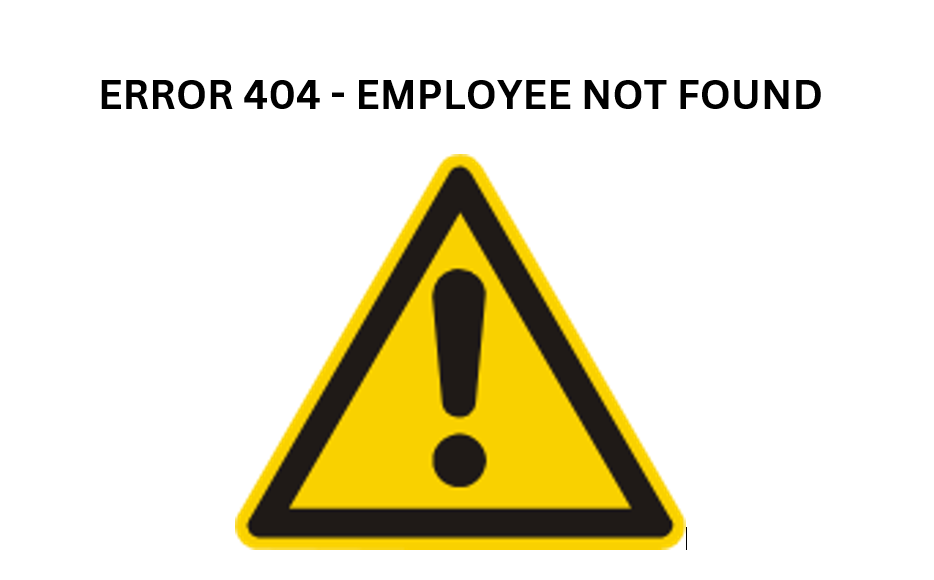In today’s fast-paced work environment, the out-of-office message has evolved from a simple notification of absence to a potential reflection of one’s personality and sense of humor. The debate over whether or not to include wit in these messages has sparked discussions among colleagues, clients, and bosses, shedding light on the diverse attitudes towards workplace communication.
The emergence of funny out-of-office replies has divided opinions, with some embracing the light-hearted approach and others preferring a more straightforward and professional tone. The responses to a viral LinkedIn article and poll on the topic have highlighted the spectrum of reactions, from those who appreciate a good chuckle to those who view humor as unnecessary or even narcissistic.
The varying responses to witty out-of-office messages can be seen as a reflection of workplace culture and individual personalities. Those who enjoy a playful exchange may be more inclined to engage with colleagues in a lighthearted manner, while others may prefer a more formal and concise communication style. The middle ground consists of those who offer polite acknowledgments without necessarily engaging in humor.
As a freelancer, the freedom to express one’s personality through out-of-office messages can be a valuable tool for gauging the culture of clients and collaborators. These messages can serve as a barometer of workplace dynamics, revealing insights into the fun factor of the environment and potentially sparking conversations that showcase one’s brand personality.
Andrew Hammon, a portfolio career specialist, advocates for injecting humor into communications as a way to demonstrate brand personality. He believes that humor can help brands stand out and connect with their target audience, as long as it is relevant and appropriate. Stephen Woodward, an Executive Search Specialist, suggests that humor in out-of-office messages should be authentic to one’s personality and audience, without turning into a competition for the funniest message.
Graham Kirkpatrick, an open-minded manager and AV professional, shares his experience of crafting witty out-of-office messages for internal and external audiences. While his colleagues expect humor from him, his customers appreciate clear and concise information on who to contact in his absence. Graham’s approach highlights the balance between humor and professionalism in out-of-office communication.
In conclusion, while keeping out-of-office messages short and informative is essential, a touch of wit can add a personal touch and spark positive interactions with colleagues and clients. The debate over funny out-of-office messages reflects the diversity of workplace cultures and individual preferences, highlighting the importance of understanding and adapting to different communication styles in professional settings.




:max_bytes(150000):strip_icc()/GettyImages-1793440729-6fe29c718caa48f1a49153817ff83710.jpg?ssl=1)















